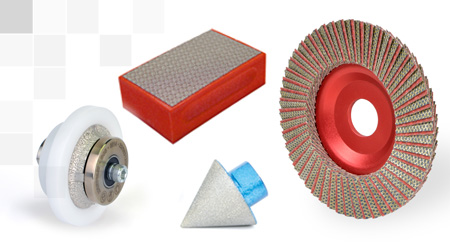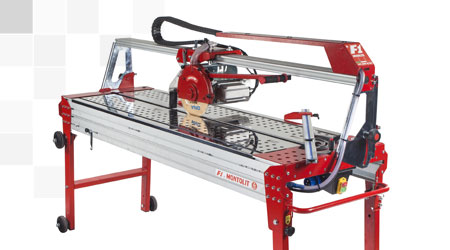
For cutting porcelain tile, there are a huge variety of diamond discs for stoneware on the market, which apparently differ only in shape and price. Unfortunately, it is very difficult to tell at a glance whether it is a professional product since all brands tend to copy successful models aesthetically while offering competitive prices.
The only way to verify the qualities of a disc is by practical means, i.e., it is necessary to do tests on hard ceramics and see if the disc can cut, the expected level of finish, the cutting speed, and finally the durability. Of course the durability of a diamond blade, if we are talking about really similar blades, is difficult to understand because you would have to cut many meters until the blade is exhausted but the other characteristics such as finish, speed, etc. can be understood on the fly by cutting a few decimeters of tile. By doing the tests, it is possible to immediately get a first idea about the quality of the ceramic cutting disk and give the right value.
To give a practical demonstration of this way of working, we made a comparison video between two continuous crown diamond discs, testing them on a good quality porcelain tile.
- The first disk in the video is a few euro diamond diskette purchased at a tile discount store.
- The second disk is similar in aesthetics but professional in medium durability, so it is made with quality raw materials and state-of-the-art processing.
The video speaks for itself. The first diskette “burns out” after a few inches, splitting the tile as well. The other diamond disc for stoneware cuts smoothly, leaving the tile intact. The difference in price between one diamond blade and another can sometimes mean not only that it cuts less as durability but even that it does not cut porcelain at all. It also often results in higher costs due to wasted time and damaged tiles using unsuitable tools.








